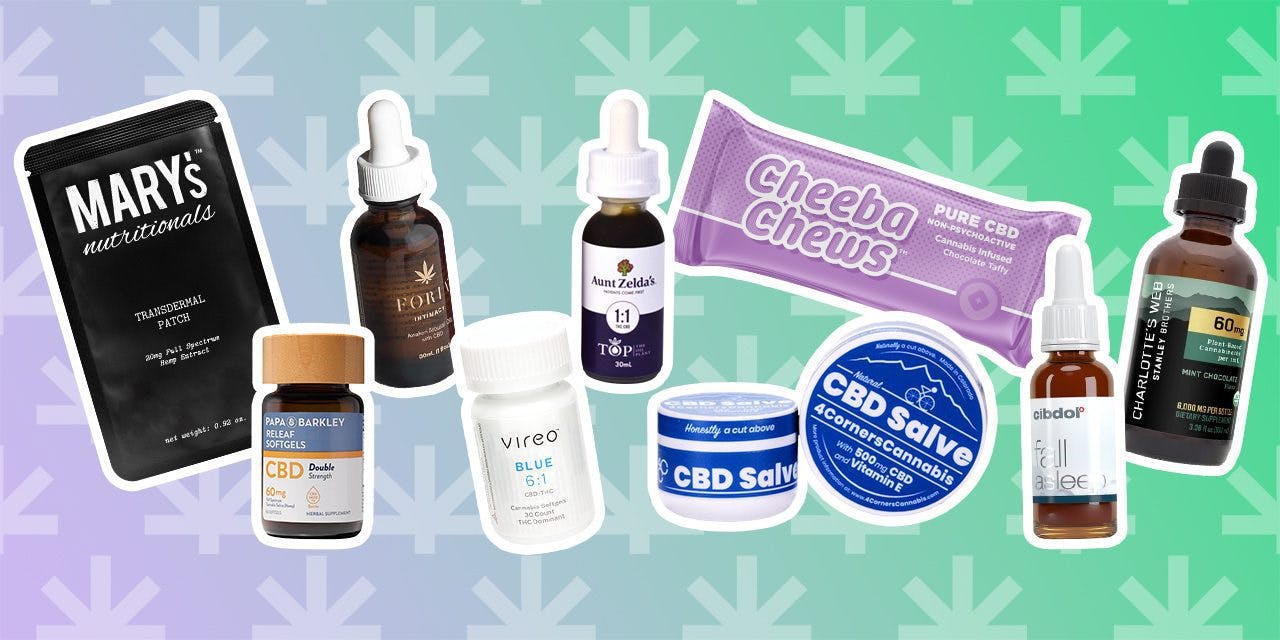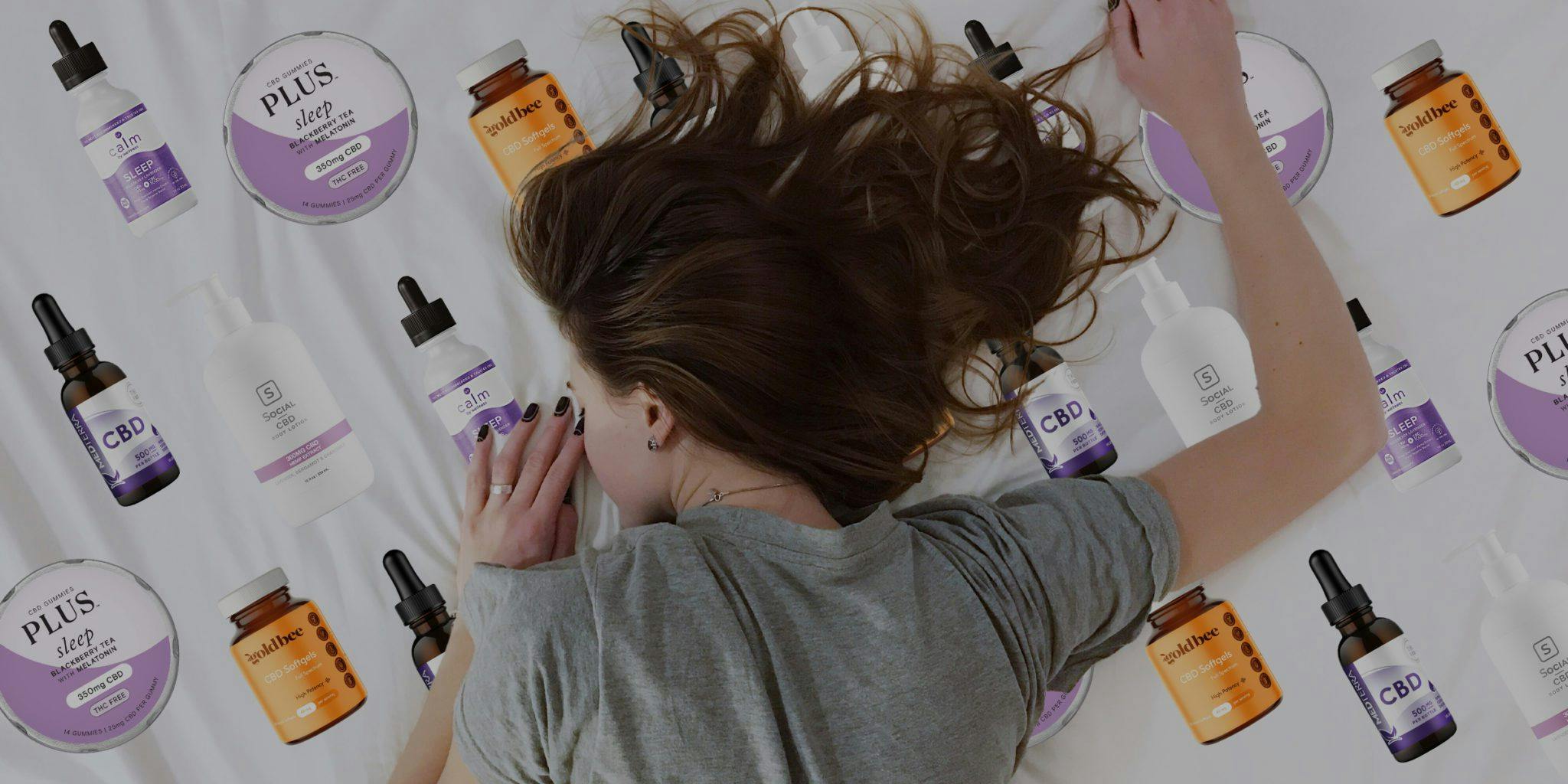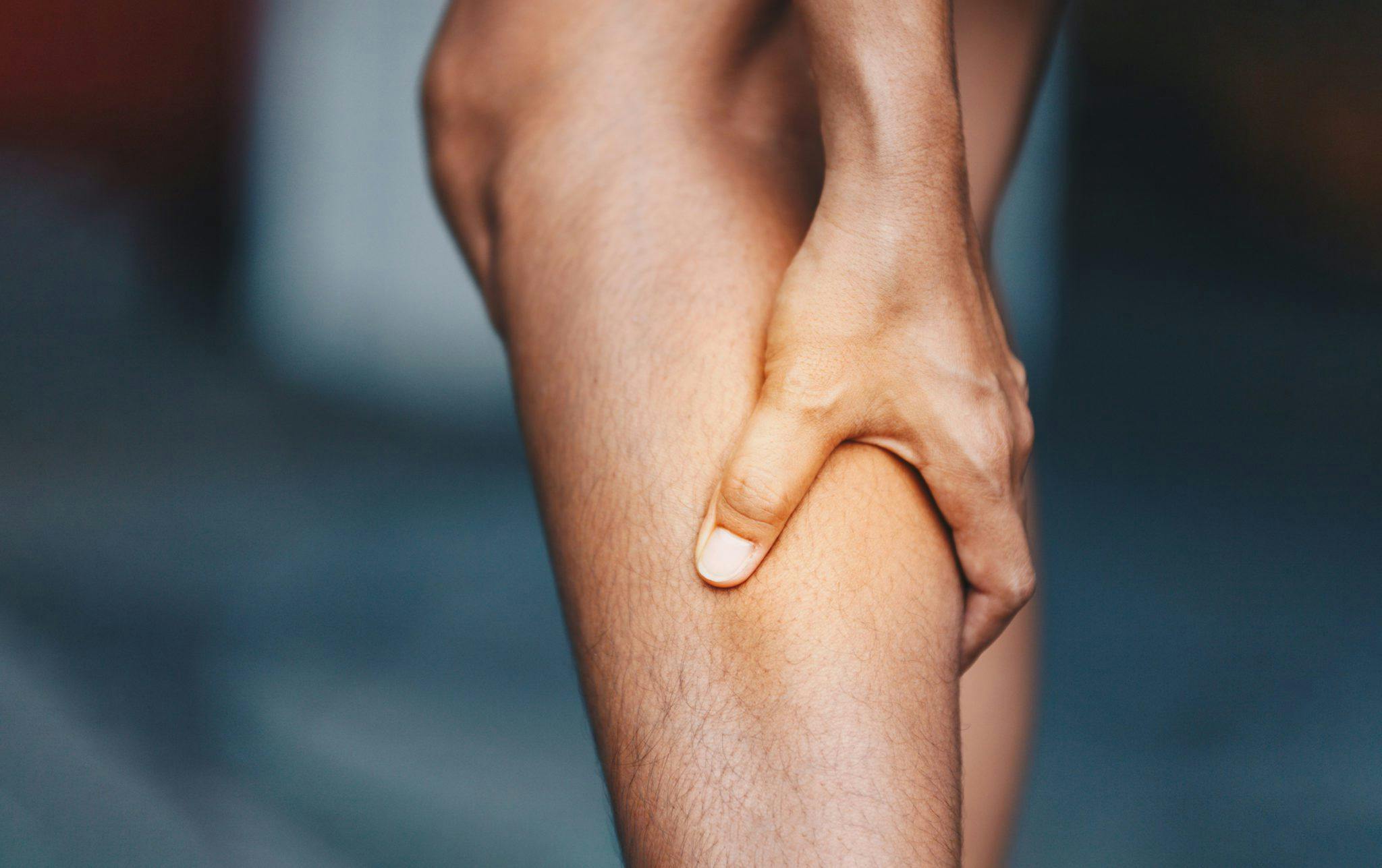Does CBD Show up on a Drug Test?
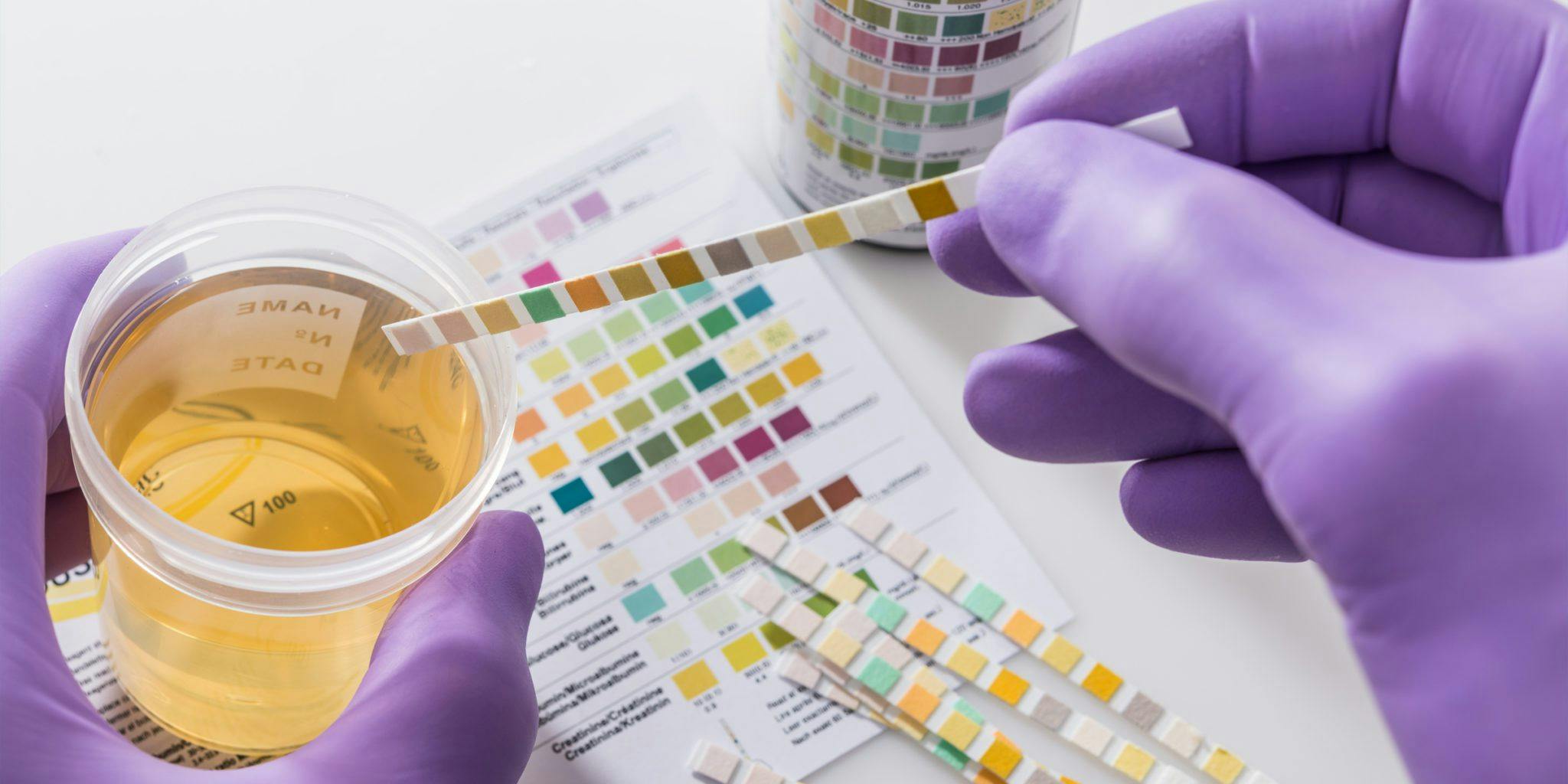
Article written by

Tina MagrabiSenior Content Writer
Content reviewed by

Dr. Lewis JasseyMedical Director - Pediatric Medicine
Cannabidiol, or CBD, is a cannabinoid found in the cannabis plant that has a range of potential health benefits, including stifling chronic pain symptoms, nausea, and more. For those who use CBD regularly, it’s critical to know whether doing so puts them at risk of failing a drug test.
How long CBD stays in your system depends on several factors. Because the metabolites of cannabinoids are detectable not only in the bloodstream but also in one’s hair follicles, it is technically possible to test positive for CBD up to three months after the last ingestion.
However, drug testing for CBD is generally uncommon.
That said, testing positive on a drug test becomes likelier for people who frequently consume full-spectrum CBD products. At a minimum, you can expect CBD to stay in your system for at least a day.
Learn more about how you can use CBD and still pass a drug test. Plus, discover the benefits of a medical marijuana card before you head into your scheduled drug screening.
Get your medical marijuana card
Connect with a licensed physician online in minutes.
CBD and Drug Tests
Most drug screenings do not directly test for CBD. Instead, most drug screenings test for the following:
- Tetrahydrocannabinol (THC) and its metabolites
- Cocaine
- Opiates and opioids
- Barbiturates
- Steroids (most often for athletes)
- Propoxyphene
- Phencyclidine (PCP)
- Amphetamines
Of course, it is possible for a person to have a prescription for drugs in some of the above drug classes, in which case it is likely that a positive test will be assessed by a medical review officer (MRO). Such a scenario could lead to a drug test failure, so be sure to speak with your doctor if you are taking any prescription medications.
Reasons for Failing a Drug Test While Using CBD
CBD products can legally contain up to 0.3% THC, and if they’re consumed regularly, it is possible for those small amounts of THC to build up in your body. As a result, people who take full-spectrum CBD oils often could possibly test positive for THC.
Some people reduce this risk by using CBD isolates and oils that test nil for THC, but this strategy may reduce the efficacy of CBD for some conditions. However, if a CBD product contains 0.3% THC or less, regular consumption of high levels of CBD (1,000+ milligrams, for instance) rarely meets the threshold for a positive THC result, which is >50ng/ml in urine.
Download Free Guide to CBD
Factors That Influence CBD Retention
Before getting into the factors influencing CBD retention, it’s important first to understand what a half-life is. A half-life is the amount of time it takes the body to eliminate one-half of a substance, in this case, CBD.
CBD’s half-life typically ranges from an hour to five days. The body usually eliminates the presence of a drug between four to five half-lives. This means that CBD, on average, stays in the system from four hours to just under one month.
This rather large range is due to several factors. These include:
- Amounts used
- Method of consumption
- Frequency of use
- Activity levels
- Body physiology
Each of these factors determines where within that range someone would fall. Let’s break a few of these down in a bit more detail.
How Often You Use CBD
If you’ve used CBD only once or twice in low-to-moderate amounts and no other cannabis products, the cannabinoid will stay in your system for a few days at most and not more than 24 hours for most people. If CBD is used for a week or longer, it will be detectable in your system for a month or longer.
However, some people don’t feel the effects of CBD, at least not right away. Some people need regular CBD ingestion for the medicine to have any long-term effects, and their bodies may need a baseline level of CBD to produce benefits.
For these people, regular consumption of CBD is necessary to experience benefits, which means the substance will be detectable in the body for a long time, perhaps several months.
How You Consume CBD
The different ways in which you consume cannabidiol matter. For example, vaping or smoking CBD flower is the quickest delivery method to feel the cannabinoid’s effects because the chemical immediately passes from the lungs into the bloodstream. The effects tend to last one to two hours — and sometimes three or four hours — before diminishing.
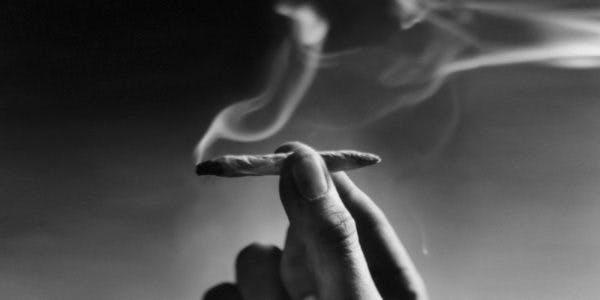
Other modes of consumption take longer to hit you and last for longer periods:
- CBD tinctures tend to take effect between 30 minutes and one hour and last longer — up to 12 hours for higher doses.
- Edibles usually have the most potent effects. Cannabinoids passed through the liver are converted into a different compound (e.g., THC turns into 11-OH-THC, CBD into 6-OH-CBD) that subsequently travels to the brain. This process (called second-pass metabolism) makes cannabinoids even more powerful. CBD edibles can take one to two hours to take effect and can last eight hours to even a whole day.
- Topical CBD has a similar onset time to edibles. However, CBD topicals do not have the physiological effects of edibles.
- Transdermal patches, which are applied to the skin and seep cannabinoids through the epidermis and into the bloodstream at a steady rate, can take more time to take effect, from around two hours up to a full day. Transdermal patches are perhaps the longest-lasting ingestion method.
Diet and Exercise
If you use CBD on an empty stomach, the metabolic rate will be faster, meaning it will be processed by the body more quickly. Similarly, people who exercise regularly may find that their body metabolizes cannabinoids like CBD and THC faster.
This could be due to several factors, including the person’s overall body mass index. If their body composition comprises more muscle than fat, the body’s CBD levels may deplete more quickly, as cannabinoids are stored in fat cells.

Using CBD and Passing a Drug Test
While CBD is not usually looked for in most drug tests, it is still possible that you may test positive for THC, even if you do not consume it or only use small, non-psychoactive amounts in legal products. The best way to prevent a false positive is by doing the following:
Use 0% THC Products
The only way to keep THC out of your system is to select a CBD isolate product. Even then, you have to be careful. Genuine CBD isolates contain 0% THC and technically should not register on any standard drug screening, but even Epidiolex (which is an FDA-approved CBD-based oral solution) warns that patients may test positive for marijuana on drug screenings.
Stop Using CBD 2 Weeks Before a Test
Refrain from using any CBD product for at least two weeks prior to any test. Ideally, stop using CBD for one month or even two months to be sure that your drug screening doesn’t yield a false positive result.
Be Active and Exercise
Getting plenty of exercise and keeping hydrated may help flush your system of any cannabinoids. Burning away fat cells that contain cannabinoids via exercise may prove particularly effective. Going to the sauna a day or two prior to the test may help as well.
However, it is not proven whether or not you can flush cannabinoids out in this manner. Exercise can increase plasma THC concentrations in regular users, at least in the short term, as exercise releases dormant THC stored in fat cells. Theoretically, this means that reducing cannabinoid consumption while keeping active can get rid of cannabinoids stored in fat. Stress and diet can also play a part in the extent to which fat in the body stores cannabinoids.
Drink Tea
Some people claim that drinking plenty of green, white, and herbal teas can help detoxify the system. Whether this is true or not cannot be said for sure, but it is worth noting that tea catechins have a weak affinity for cannabinoid receptors. Like beta-caryophyllene, some types of tea could be said to be a dietary cannabinoid.
Such teas also tend to contain plenty of antioxidants, so sipping your favorite matcha could also help flush cannabinoids out of your body as well as provide an alternative way to stimulate your endocannabinoid system (ECS).
Medical Marijuana Card Protections
As cannabis is a Schedule I substance, is federally illegal, and cannot be prescribed outside of the Schedule V FDA-approved Epidiolex, possessing a medical marijuana card may not be enough to fight a failed drug test.
However, some states are starting to add employment protections for people who need to use cannabinoid-based medications.
If you are not working with heavy machinery or driving, not working with individuals considered vulnerable, and not working within law enforcement or any other form of federal employment, there may be some leeway. These exceptions, however, depend very much on the employer’s discretion.
Having a valid medical marijuana card will likely give you access to a greater number of high-quality cannabis-based (rather than hemp-based) CBD products. There may be slightly higher levels of THC in some of the CBD-based cannabis products compared to hemp products, but having a valid medical card may lend credence to the fact that you may need to use cannabis for a defined and diagnosed medical condition.
The Bottom Line
The length of time it takes for your body to eliminate CBD depends on your exercise habits, your body physiology, how you consume CBD, how regularly you consume it, and how much you consume. For non-frequent users, it may pass through the body in as little as a day. For more chronic users, it may take up to a month or longer for the cannabinoid to pass through their systems.
Fortunately, CBD rarely causes a positive drug test. But, if you’re worried, stick to CBD isolate products, as these only contain cannabidiol and not other cannabinoids like THC. And while a medical card might not “save you” per se, having one can potentially strengthen your case with an employer for testing positive on a drug test.
Get Your Medical Card
Connect with a licensed physician online in minutes.
Originally Published March 2022
Last Updated February 2024
Frequently Asked Questions
How long is CBD detectable in urine?
In the urine, CBD is detectable for between five and 10 days after last ingestion. However, as it would be the metabolites of CBD (7-OH-CBD and 6-OH-CBD) that are tested for and cannabinoid metabolites bind to the fats in the body, CBD can be detectable in the urine for two to five weeks after ingestion, depending upon the regularity of use and dosage.
Do drug tests look for CBD?
At the moment, most standard and even more advanced drug tests do not test for CBD. But the cannabinoid can be detected if the right tests are conducted. Levels of CBD in the bloodstream usually peak within three to five minutes after ingestion if smoked or vaped, and between 30 minutes and two hours if taken sublingually or eaten. The effects usually last between four and 12 hours, depending on the method of ingestion, the amount taken and the individual’s metabolism.
For many people, CBD itself is not hugely intoxicating, although some may feel sedative effects in high doses, especially when combined with high concentrations of myrcene.
Will I pass a DOT drug test using CBD oil?
The Department of Transportation (DOT) screens prospective employees for marijuana use rather than for CBD consumption. Therefore, unless you have been consuming very high amounts of full-spectrum CBD (that contains trace amounts of THC), it is unlikely that you will fail a DOT drug test.

